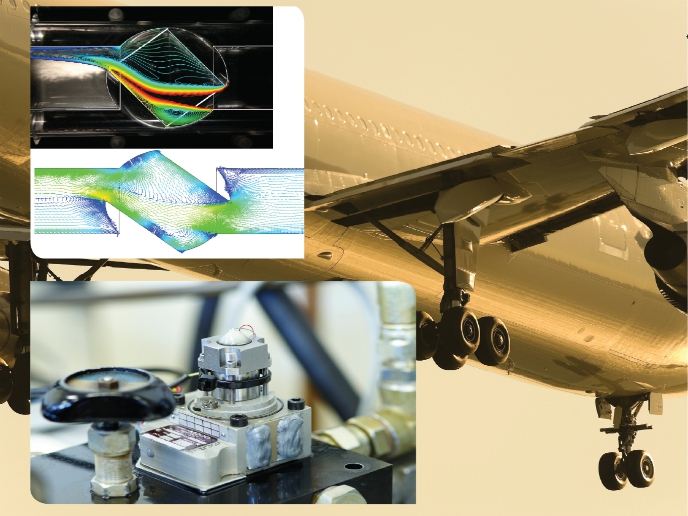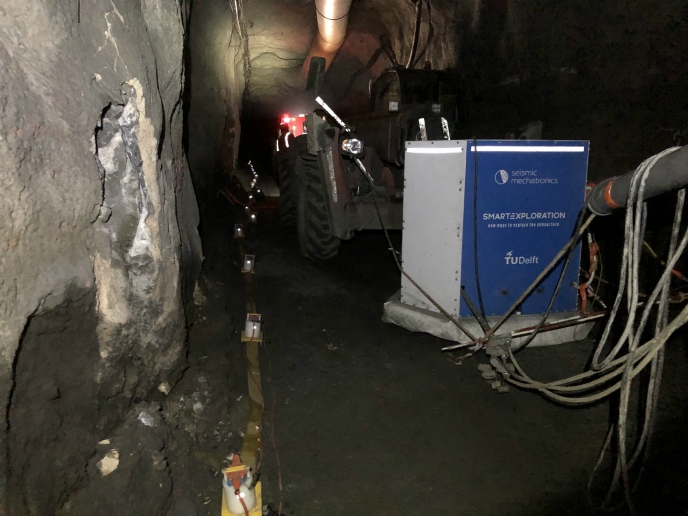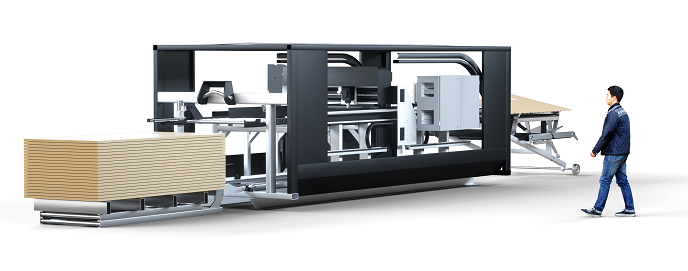String theory meets quantum gravity
String theory has attracted the most attention, among the many attempts to unify quantum theory and gravity. This prime candidate for a 'theory of everything' starts with the premise that everything is made of tiny strings. The strings may be closed or have loose ends. They can vibrate, stretch and join as well as split. In these manifold appearances may lay explanations for all phenomena observed in nature, including the origin of matter and the structure of spacetime. The key to understanding these phenomena is to uncover the symmetry principles that underlie string theory and gain control over its non-perturbative regime. With financial support from the EU, the ISAQS (Integrability, symmetry and quantum space-time) team took on this formidable challenge. Scientists drew on recent progress in string and Yang-Mills theory and the discovery of elusive multiple coincident branes in M-theory. The ISAQS team worked on new techniques that shed light on the appearance and role of integrability in string theory. These include techniques that help to determine the full spectrum of field theories such as the four-dimensional supersymmetric Yang-Mills (SYM) theory. Furthermore, existing powerful methods like the thermodynamic Bethe-Ansatz and integrable non-linear equations were extended so that they can be applied in a more general context, like the SYM theory. Scientists also characterised and classified boundary conditions and defects of known models. Among the many significant results of ISAQS is a deeper understanding of extended theoretical objects and, in particular, D-branes that provide a direct link to gauge theories. Scientists developed new models for M-branes and explored symmetries in world-volume field theories. During the four-year lifetime of ISAQS, several workshops were organised, offering unique opportunities to present results and discuss new ideas related to the original goals. The collaborations established between scientists in Asia and Europe will continue beyond the end of the project with the aim of ironing out mysteries of string theory.







